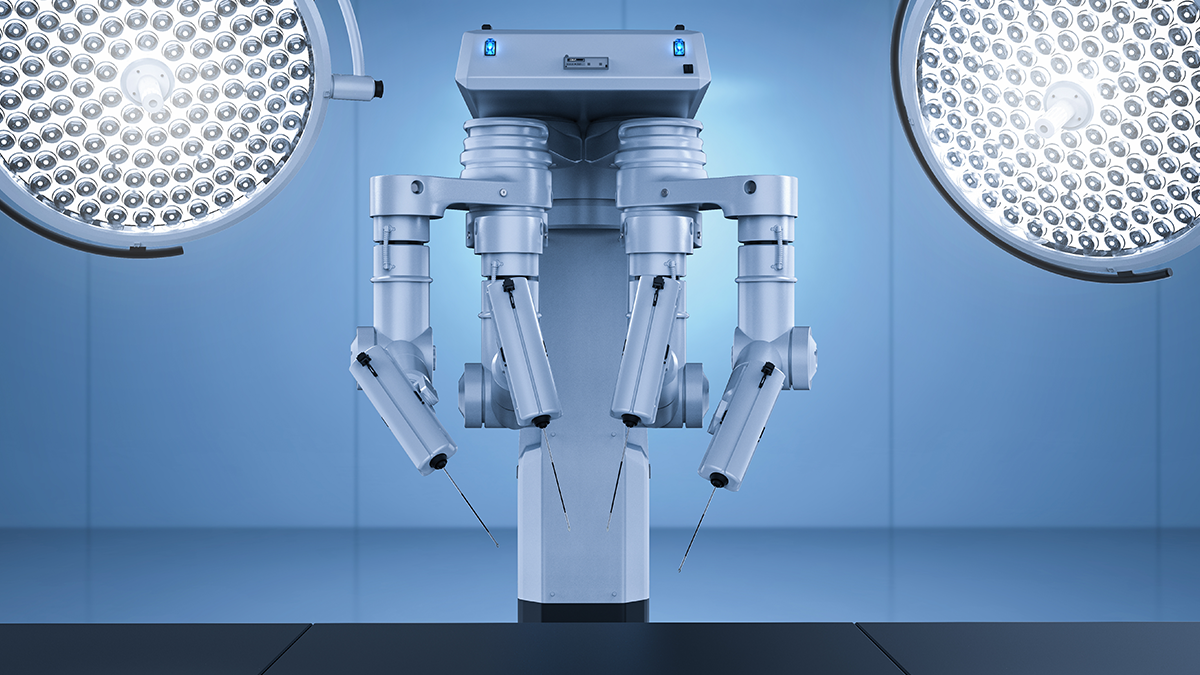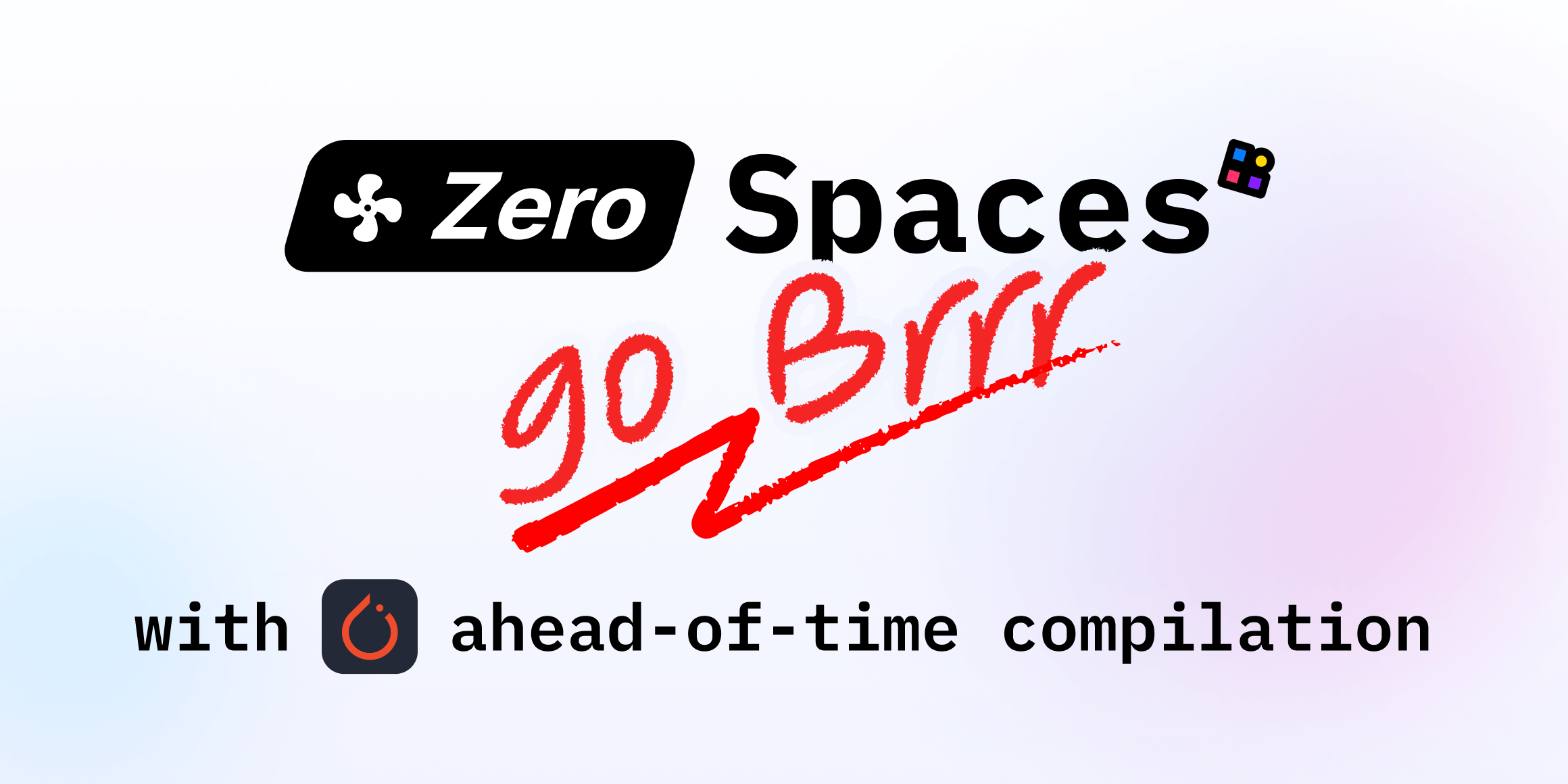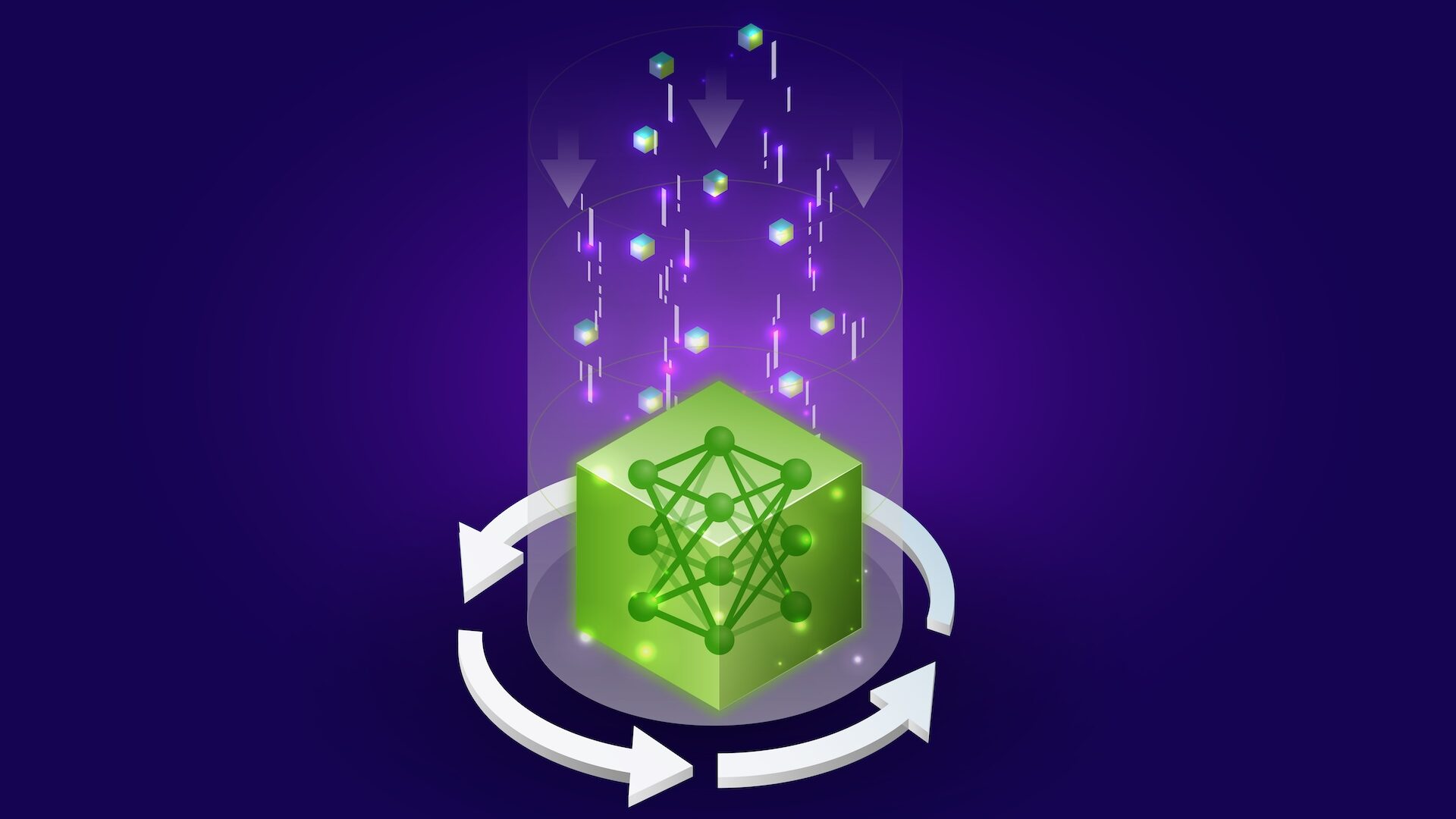
cuPQC 0.4: Accelerated Hash Functions and Merkle Trees for Data Integrity
Sources: https://developer.nvidia.com/blog/improve-data-integrity-and-security-with-accelerated-hash-functions-and-merkle-trees-in-cupqc-0-4, https://developer.nvidia.com/blog/improve-data-integrity-and-security-with-accelerated-hash-functions-and-merkle-trees-in-cupqc-0-4/, NVIDIA Dev Blog
Overview
As datasets grow, the need for strong data security and integrity becomes more critical. The NVIDIA cuPQC SDK v0.4 addresses this by offering device functions that fuse multiple lightweight cryptographic operations into a single GPU kernel, enabling rapid and efficient computations. cuPQC includes Link Time Optimization (LTO) and device-side APIs, which together enhance performance for high-speed cryptographic tasks. The latest release broadens the scope of practical cryptography by expanding hash function support and introducing comprehensive Merkle-tree calculations. cuHash, first introduced in cuPQC v0.3 and expanded in v0.4, now supports a broader set of hash primitives: SHA2, SHA3, SHAKE, and Poseidon2-BabyBear. In addition, v0.4 adds Merkle-tree calculations, enabling efficient data integrity and verification workflows. In a binary Merkle tree, non-leaf nodes are hashes of their two child nodes, while leaves are hashes of input data blocks. For example, if H_A = Hash(Data A) and H_B = Hash(Data B), then H_AB = Hash(H_A |H_B). After constructing the tree, proofs for any leaf can be generated; a verifier uses the root hash and the proof sequence to verify membership. A Merkle-tree enables verifying the existence of a leaf with logarithmic time complexity (O(log N)) rather than a linear scan (O(N)). The example proof path might be [H_F, H_GH, H_ABCD], and the verification combines the leaf with the proof nodes to reconstruct the root. If the recomputed root matches the known root H_ABCDEFGH, the proof is valid. These characteristics enable efficient data integrity and verification with minimal overhead, which is particularly valuable in high-performance, security-sensitive workloads. By broadening the hash function portfolio and adding Merkle-tree support, cuPQC positions itself as a versatile tool for security-heavy applications. This includes privacy-preserving systems, zero-knowledge proofs, and post-quantum cryptography (PQC) schemes that rely on hash-based signatures and Merkle-tree structures to provide forward-looking security assurances. You can start exploring these new features today. cuPQC is designed to help developers fuse cryptographic circuits and larger composite functions into GPU kernels, with practical examples and comprehensive documentation available to guide integration and troubleshooting.
Key features
- Expanded hash function support through cuHash: SHA2, SHA3, SHAKE, and Poseidon2-BabyBear.
- Comprehensive Merkle-tree calculations for efficient data integrity and verification.
- Ability to fuse cryptographic circuits and larger composite functions into high-performance GPU kernels via cuPQC APIs.
- Link Time Optimization (LTO) for performance gains and device-side APIs for streamlined development.
- Support for privacy-preserving and post-quantum cryptography scenarios, including hash-based signatures and ZK-related workflows.
- Efficient verification through Merkle trees with logarithmic proof paths, enabling scalable integrity checks on large datasets.
Common use cases
- Data integrity verification for large datasets where Merkle-tree proofs offer fast, scalable checks.
- Membership proofs in security-sensitive systems without exposing entire data blocks.
- ZKPs and privacy-preserving protocols that combine hash functions with Merkle-tree structures.
- Hash-based post-quantum cryptography (PQC) schemes such as XMSS, LMS, and SPHINCS+, which use Merkle-tree-based structures for signatures.
- Forward-looking cryptographic workflows where a compact master public key is derived from a Merkle-tree root, enabling scalable verification of individual signatures.
Setup & installation
# Setup & installation not provided in the sourceNote: The source states that cuPQC SDK v0.4 can be downloaded and used with examples and comprehensive documentation, but it does not include exact installation commands in the excerpt provided.
Quick start
The article notes that cuPQC provides examples for practical implementations and usage scenarios, and that comprehensive documentation offers guides, API references, and troubleshooting tips. A minimal runnable example is not included in the excerpt, so the following is a high-level outline based on the described capabilities:
- Download cuPQC (v0.4) from the official NVIDIA cuPQC release page.
- Consult the comprehensive documentation to locate API references for cuHash and Merkle-tree primitives.
- Use the device-side APIs to fuse a hash computation and Merkle-tree proof generation into a single GPU kernel.
- Build a small test workload that constructs a Merkle tree from input blocks, generates a leaf proof, and verifies the root against a known root.
- Use the provided examples in the documentation to adapt for your data sizes and security requirements.
The excerpt emphasizes that cuPQC makes it straightforward to fuse cryptographic circuits into GPU kernels and that Merkle trees enable efficient integrity checks with O(log N) verification paths. For runnable code and practical demonstrations, please refer to the cuPQC documentation and examples referenced in the official NVIDIA page.
Pros and cons
- Pros
- Broader hash function support (SHA2, SHA3, SHAKE, Poseidon2-BabyBear).
- Merkle-tree support enables efficient data integrity verification and membership proofs.
- GPU-accelerated fusion of cryptographic circuits for high-speed cryptographic tasks.
- LTO and device-side APIs to optimize performance.
- Applicability to ZKPs and PQC workflows.
- Cons
- Specific advantages and limitations are not enumerated in the provided excerpt.
- No exact installation commands or runnable Quick Start code are included in the excerpt.
Alternatives (brief comparisons)
Not specified in the source. The excerpt focuses on cuPQC v0.4 capabilities and their cryptographic implications rather than direct comparisons with other libraries.
Pricing or License
Not specified in the source.
References
More resources
CUDA Toolkit 13.0 for Jetson Thor: Unified Arm Ecosystem and More
Unified CUDA toolkit for Arm on Jetson Thor with full memory coherence, multi-process GPU sharing, OpenRM/dmabuf interoperability, NUMA support, and better tooling across embedded and server-class targets.
Cut Model Deployment Costs While Keeping Performance With GPU Memory Swap
Leverage GPU memory swap (model hot-swapping) to share GPUs across multiple LLMs, reduce idle GPU costs, and improve autoscaling while meeting SLAs.
Improving GEMM Kernel Auto-Tuning Efficiency with nvMatmulHeuristics in CUTLASS 4.2
Introduces nvMatmulHeuristics to quickly select a small set of high-potential GEMM kernel configurations for CUTLASS 4.2, drastically reducing auto-tuning time while approaching exhaustive-search performance.
Make ZeroGPU Spaces faster with PyTorch ahead-of-time (AoT) compilation
Learn how PyTorch AoT compilation speeds up ZeroGPU Spaces by exporting a compiled model once and reloading instantly, with FP8 quantization, dynamic shapes, and careful integration with the Spaces GPU workflow.
Fine-Tuning gpt-oss for Accuracy and Performance with Quantization Aware Training
Guide to fine-tuning gpt-oss with SFT + QAT to recover FP4 accuracy while preserving efficiency, including upcasting to BF16, MXFP4, NVFP4, and deployment with TensorRT-LLM.
How Small Language Models Are Key to Scalable Agentic AI
Explores how small language models enable cost-effective, flexible agentic AI alongside LLMs, with NVIDIA NeMo and Nemotron Nano 2.





